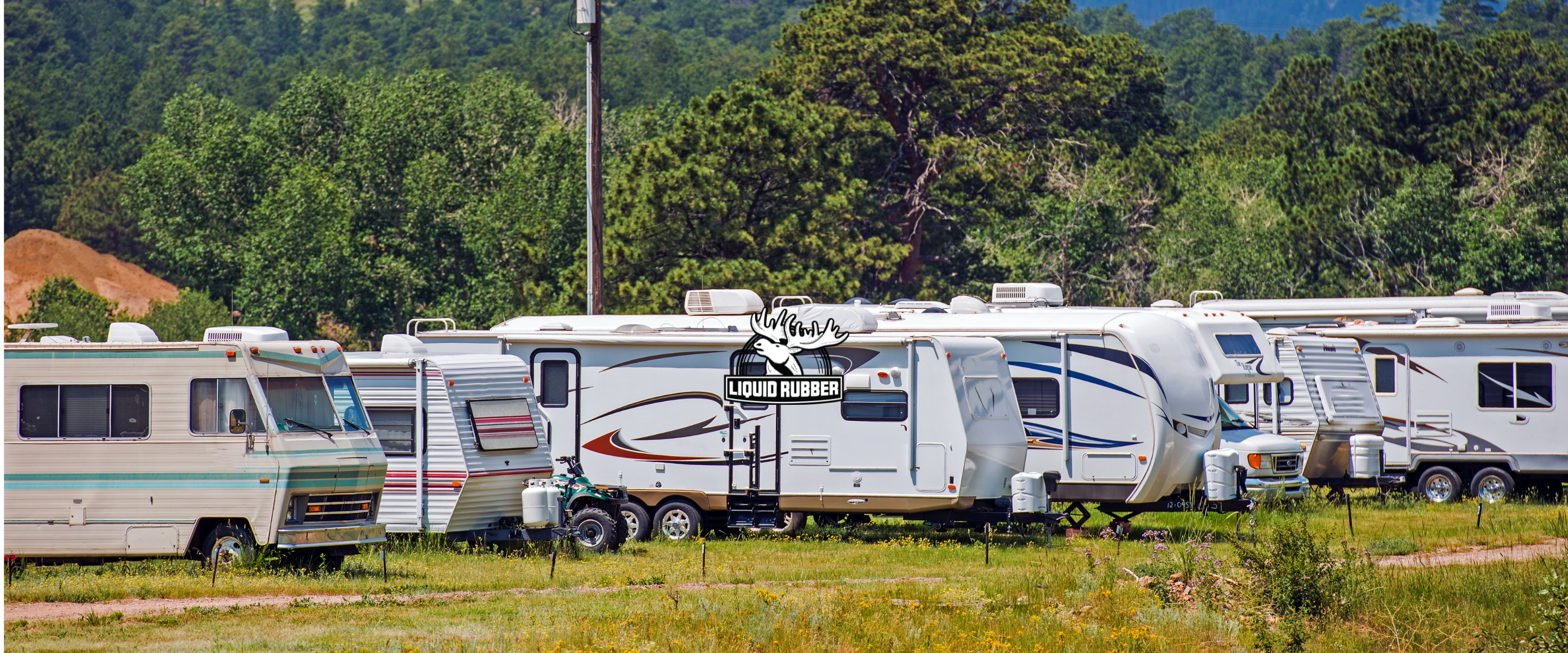Whether you're a seasoned DIYer or new to the world of home improvement, you've probably come across a common challenge: weatherproofing wood surfaces like decking. Liquid rubber paint has taken the DIY world by storm due to its ease of use, affordability, and reliability. In essence, it's a waterproof sealant that provides a protective, rubber-like coating on various surfaces, including wood.
Let's dive into the top reasons why rubber paint is the go-to solution for many DIY enthusiasts.
Weatherproofing and Protection
Wood, although a versatile and aesthetically pleasing material, is susceptible to damage from the elements. Rubber paint for wood offers superb protection against the sun, rain, and humidity, preventing the wood from warping or rotting. By applying rubber paint to wood surfaces, the wood becomes extremely resistant to wear and tear, and will be able to withstand everyday wear and tear for a longer time.
Low-Maintenance Solution
Rubber paint for wood reduces the need for regular maintenance. Your wood will remain in good condition for a very long time thanks to the waterproof coating, which will save you time, money and effort. What’s more, wooden surfaces can become slippery when wet, posing a risk of slips and falls. Rubber paint provides a non-slip surface, which enhances safety, especially if you have children or pets around.
How to Use Rubber Paint for Wood: A Step-By-Step Guide
Here's a comprehensive guide to using rubber paint for wood, ensuring you get the most out of this versatile product.
Step 1: Clean the Surface
Before applying rubber paint to wood, you should thoroughly clean the surface. Make sure to remove all debris and consider using a pressure water and professional cleaning agent. Once the surface is clean, be sure to let it dry before applying the rubber paint to ensure the best adherence.
Step 2: Repair and Prep the Surface
Inspect the wood for any damages such as cracks or holes. Examine the wood closely for any signs of damage such as splits, rot, or discoloration. Check for any existing cracks or holes and make sure they are filled in before you begin the painting process. Use wood putty or a similar product to fill these in. Sand down any rough spots to ensure a smooth application of the rubber paint.
Step 3: Apply the Rubber Paint
Once the surface is clean and prepped, you can begin applying the rubber paint. Follow the product's instructions closely for the best results, ensuring you apply a thick, even coat. It is important to ensure that you apply a thick, even coat of rubber paint. Once the surface has been prepped and cleaned, you can begin applying the rubber paint. Starting at one corner, use a brush to apply the paint, in a slow and steady manner, taking care to spread it evenly over the entire surface.
Step 4: Let it Dry
Most rubber paints need at least 24 hours to dry fully. Be patient and avoid using the surface until it's completely dry. It’s advised that you add at least 2-3 thick coats for optimal protection, allowing 24 hours of curing time in between coats.

Why Liquid Rubber is a Top Choice
Liquid Rubber is a popular choice among DIY enthusiasts for several reasons. It's easy to apply, VOC-free, non-toxic, and boasts high reliability. Plus, we offer helpful video tutorials, making it even easier for you to complete your DIY project successfully.
The Versatility of Liquid Rubber
The uses of Liquid Rubber extend beyond just wood surfaces. It's also ideal for waterproofing a variety of DIY projects, including sheds, basements, foundations, chicken coops, and ponds. And let's not forget about roofing – All said, Liquid Rubber is an excellent solution for protecting roofs from water damage.
Wrapping Things Up
Rubber paint for wood is a DIY revelation, providing an affordable, easy-to-use, and reliable solution for weatherproofing and protecting wood surfaces. Liquid Rubber, in particular, has won over the DIY community because we offer high-quality products and an extensive range of applications.
Choose rubber paint for your next wood project and experience the difference for yourself. Whether it's a shed, chicken coop, or deck, you'll appreciate the enhanced durability, improved safety, and reduced maintenance that rubber paint brings to the table.
Remember, the key to a successful DIY project isn't just about having the right materials. It's also about taking the time to prepare and apply your materials correctly. Don't rush the process. Take your time, follow the instructions, and enjoy the whole process. Have fun DIYing!




